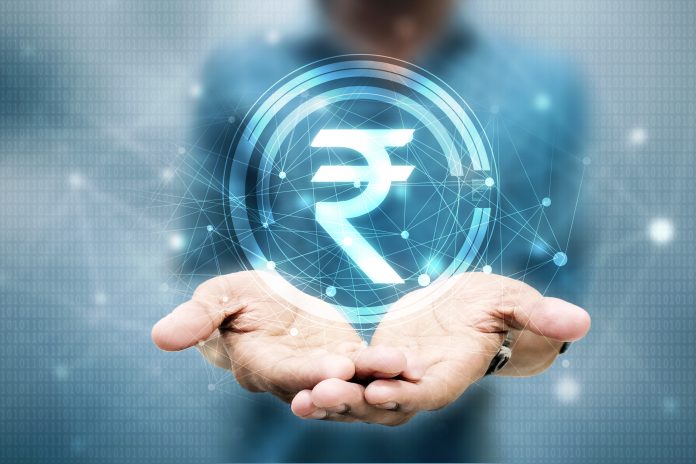GBP/INR is flashing green in early trading on Friday, but the pair is departing from the recent daily peak. Currently, one British pound buys 92.476 Indian rupees, up 0.07% as of 6:50 AM UTC. The price touched a daily high at 92.693.
At the start of the session, the rupee was weaker as the Reserve Bank of India (RBI) cut the repo rate by 40 points to 4% while extending the moratorium on all term loans by another three months to August 31.
However, the pound has lost the opportunity to gain more as the Office for National Statistics (ONS) has recently released the UK retail sales data, according to which the indicator collapsed by a record 18.1% last month. Many stores were closed amid the pandemic. In March, retail sales fell by 5.2%.
The share of online shopping surged to a record high of 30.7% of all retail.
Besides food and online shopping, every sector reported a decline in sales.
Richard Lim, chief executive of Retail Economics, commented:
“Online grocery retailers were one of the major beneficiaries as they worked at an incredible pace to boost capacity.”
He added that the lockdown had paralyzed shopping. In April, clothing sales tumbled over 50%.
“Clothing retailers were the hardest hit as the absence of social interaction, whether that’s going to work, seeing friends or heading off on holiday, decimated demand for new outfits,” Lim noted.
UK Consumer Confidence Back to Record Low
The pound is also dragged down by pessimism among British households. Polling firm GfK said earlier today that consumer confidence in early May fell back to its joint-lowest level since the financial crisis in 2009. The index, which comes out every two weeks, fell to -34 in the period between May 1-14, from -33 in the previous two weeks.
GfK’s client strategy director Joe Staton said:
“Consumer confidence remains battered and bruised despite efforts at loosening the COVID-19 restrictions.”
Also, Britain’s government borrowed last month more than it has done in any month. The public debt rose to almost 100% of the GDP. April’s borrowing rose to 62.1 billion, which is six times higher compared to the same period in 2019.





